Hiking and backpacking are healthy activities that I encourage all our readers to undertake once in a while. However, staying safe in the backcountry is a considerable concern for hikers.
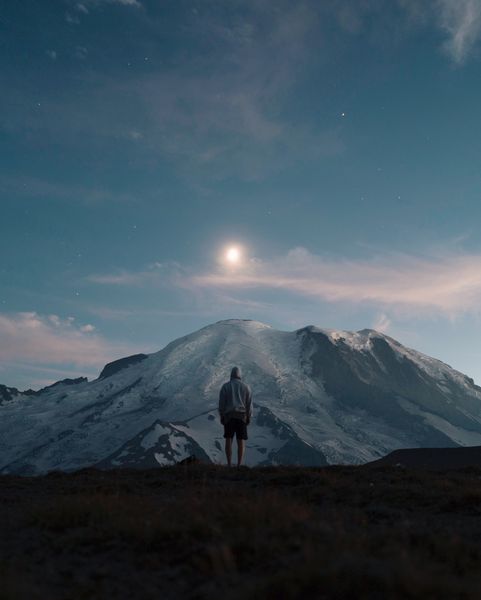
Along with the adrenaline come dangers such as falling sick on the trail, skin chaffing, which can get excruciatingly painful, getting lost in the forest, drowning, or even getting attacked by wild animals.
The relevant authorities in different locations have put up measures to ensure hikers are safe and can get help within the shortest convenience. However, there is only so much that they can do since the mandate to stay safe lies solely with the hiker.
Follow these tips and enjoy the adventure without worrying about safety in the backcountry.
Tips for Staying Safe in the Backcountry
Watch this video for more tips on how to stay safe in the backcountry
Tip #1: Have a first aid kit
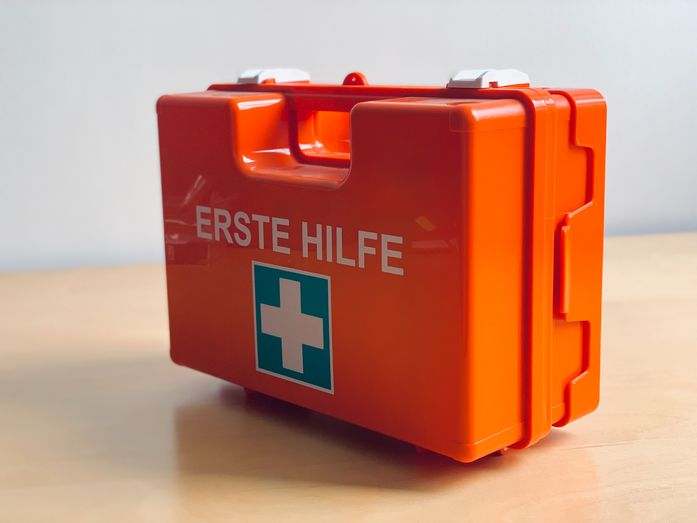
The first vital tip for staying safe in the backcountry is to have a first aid kit containing all the medical items you will need to respond to an emergency. While you will be careful and avoid getting into danger, accidents are imminent, and you need to prepare to respond to any eventuality. (Get one here)
The items that you must have in your first aid kit include the following:
- Antihistamine
- Pain medication
- Bandages
- Sanitizer
- Sunscreen
- Antiseptic wipes
- Scissors
- Tweezers
- Prescription medicine, if any
- Antidiarrheal medication
- Contacts for an emergency evacuation team
With these items, you can respond to any medical emergency or injuries such as skin chaffing, scratches, burns, and even minor sprains. Call the emergency evacuation team immediately if you or someone else gets into a more serious medical situation. Also, note that snake bites are in the emergency category.
Tip #2: Get an up-to-date map
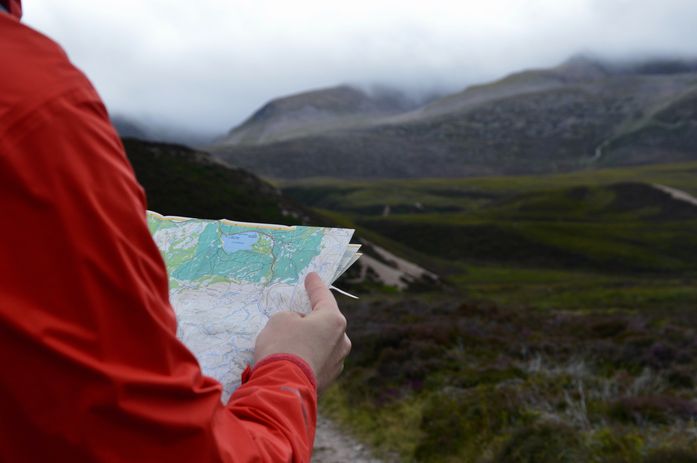
It is a common occurrence to have hikers get lost in the backcountry. Search and rescue missions are always sent out to look for people who have disappeared while on the trail. Some get lucky and are found alive, while it’s a little too late.
While the search and rescue team is always on standby to get to work, getting lost is not part of the adventure you so much anticipated. You can avoid this by getting an up-to-date map of the route that you intend to take.
Maps change over time because of the changes in geographical features. You will use a road today, and then there is a massive mudslide, and the road gets blocked permanently. This means the route will change, and the map has to be updated to this effect.
You must bring a map and a compass on all your hiking expeditions to help you remain on the right track. A GPS app will also help you if you are hiking in an area with good network coverage.
Tip #3: Store your food in safe containers
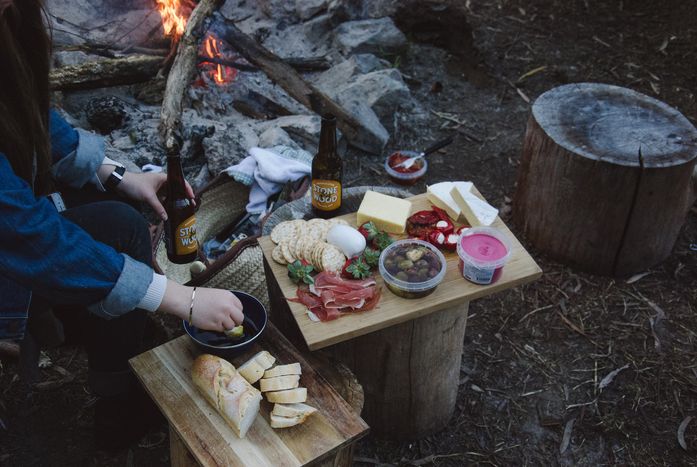
Another important tip for staying safe in the backcountry is keeping your food in proofed containers. The smell of food and other personal items, such as toiletries, attracts wild animals, especially the grizzly bear.
Use good quality bear-proof canisters (see this) to keep your food so that you do not have uninvited guests in your camp. The bear canisters are plastic containers you can seal tightly and cannot be opened by the bears. Hikers use them to store food and other scented items while camping at night.
The rule is to place the canister about 100 meters away from your tent. The bears cannot smell the food because it is tightly locked up; even if they do, they will not come close to your tent. The bears will struggle with the canister; if they cannot open it, they will move on.
Tip #4: Stay on the trail
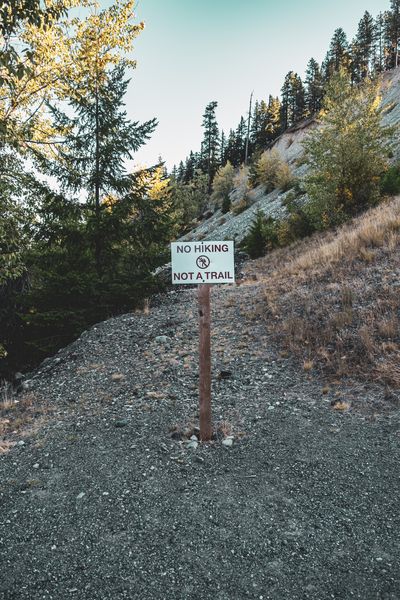
I know adventure is calling, and you are also a daredevil, but you do not want to get into trouble with the wild animals in the backcountry. Straying off the trail for even a few meters can be extremely dangerous, especially in areas where you have been warned of the looming danger.
Stay on the established trails to avoid getting lost, as the dense forests and deserts can be disorienting. You can wander off and not be able to retrace your way back.
The established trails and camping grounds are compacted; hence there is little chance of falling or rolling downhill. You can easily step on loose rocks, fall, and get serious injuries when you stray. You would be lucky not to meet dangerous wild animals such as bears and snakes.
Tip #5: Pack appropriate clothes
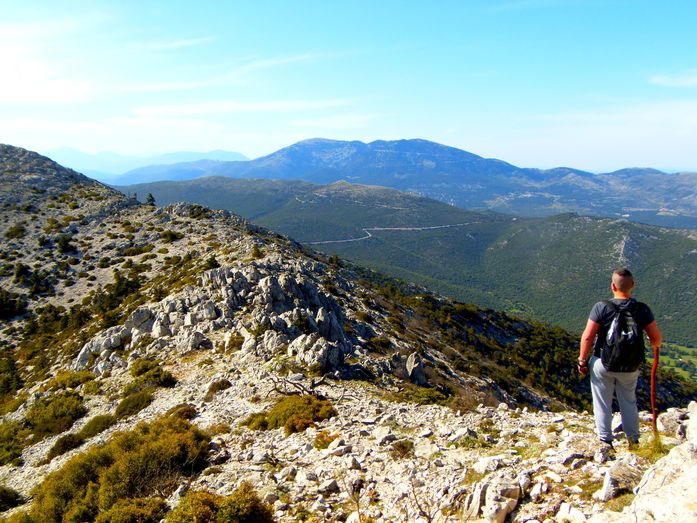
As you hike and camp in the backcountry, the changes in elevation can cause drastic changes in temperatures, and you need to be well prepared. The temperature changes can go in any direction; it can get extra windy and rainy, or temperatures drop drastically.
These changes can cause life-threatening health complications such as hypothermia, causing a hike that was fun to turn tragic suddenly.
Always pack extra layers of clothes, gloves, hats, and raincoats. This is a vital tip for staying safe in the backcountry because you will be prepared for extreme weather changes. (Get the best hiking clothes here)
Also, remember to throw in a headlamp because rainy weather is synonymous with early and darker nights.
Tip #6: Get a bear spray
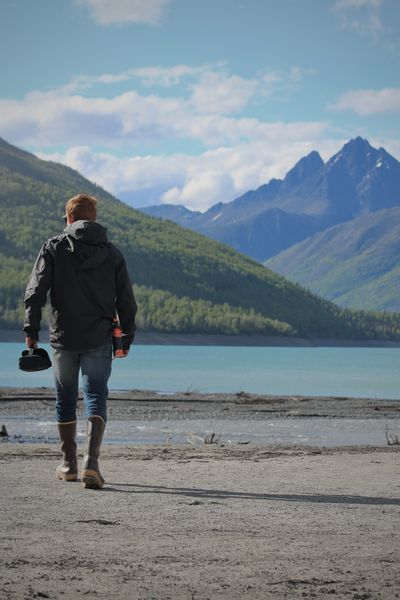
You need to be safe while hiking and camping in the background. One of the dangers that you will encounter is a looming attack from bears. As the forest cover is reducing and the number of hikers is increasing, it is becoming easier to meet bears on the trails, especially in the mountains.
Anytime you plan to hike in an area known to be a bear habitat, have a bear spray at hand and pack an extra one in the backpack. Bear spray is the most effective way of keeping the animals at bay while at the same time not harming them.
We recommend the most powerful spray, which has a maximum range (Check this out). Also, take up some lessons for deploying the spray if you have never done. You do not want to start figuring out the bear spray can when a real bear is coming in your direction.
Remember to store a can at the most reachable place; only an extra one should be in the backpack because you will not have time to rummage through the luggage looking for it when needed.
Watch this video for extra tips on how to stay safe in a bear country
Tip #7: Have emergency contacts
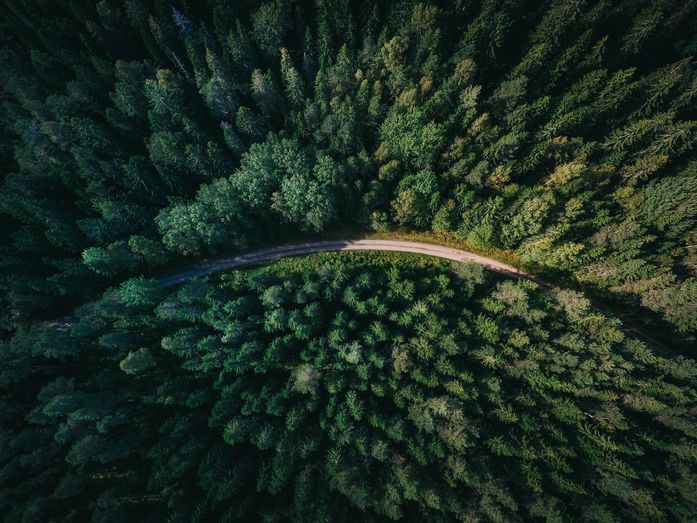
Before heading out to the backcountry, update a friend or family member on your itinerary, including the date they should expect you back. Include the contacts of the people you will be hiking with or if you are going on a solo trip, leave behind contacts of relevant authorities.
As long as your phone has a network, keep communicating and updating them on your current location. You should also notify someone when you are almost running out of charge or when you feel like the network is diminishing.
If you get into trouble, your family and friends will know promptly and call for help. We advise hikers to wear a hand band or necklace containing any relevant contacts that can be reached if they get serious injuries or become unconscious.
Also, remember to put on a luminous outer jacket and have a small mirror that you can use to signal an aircraft in case you get lost in the jungle.
Tip #8: Carry enough food and water
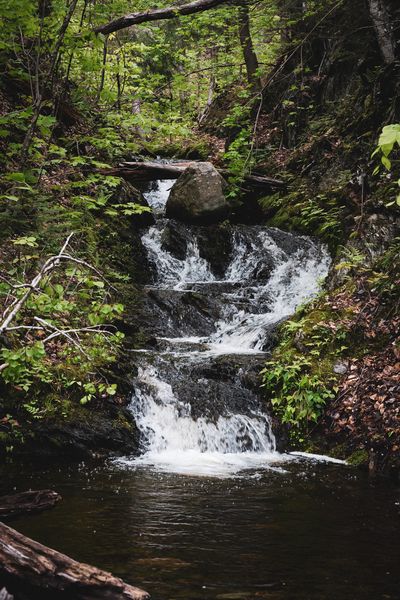
Having enough water and food is essential for staying safe in the backcountry. Long hours of dehydration can quickly turn fatal. While hiking, you may need to hydrate after every 20 minutes, and this means you need to have enough water with you.
You will know you are getting dehydrated when you start having headaches, fatigue, dry lips, and disorientation. At this point, take a break and drink water until you are back to your usual self. If you do not feel any change, call for emergency evacuation.
You might not have to carry all the water you need because it will be too bulky. Get a water filter or water purification chemicals, then fetch water from natural sources as long as it appears clear. Purify this water and drink, not forgetting to refill your bottles for the next leg of the trek.
Food is equally important while hiking in the backcountry. Carry enough food to last the whole journey, as you may not find a place to refill. Your diet should be packed with carbs and proteins to give your body the energy it needs to be on the move.
Tip #9: Avoid the risk of lightning
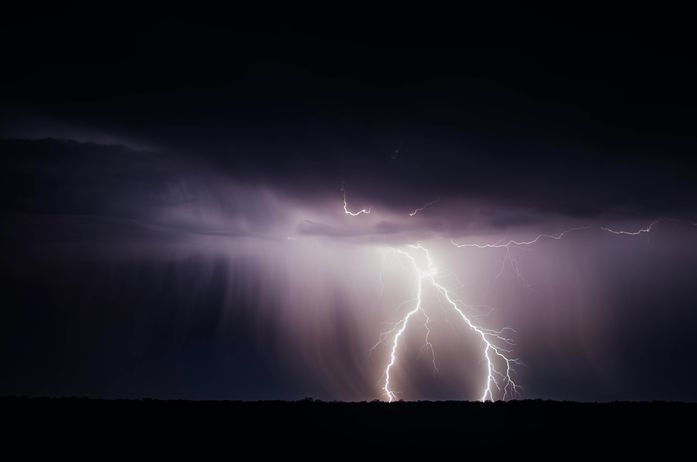
Lightning is a cause of concern, especially in deserts with no vegetation cover. If you are in an open space where you are the only tall thing standing, you risk getting struck by lightning. You can mitigate this risk by taking cover under rocks or where there is thick vegetation when it starts raining.
If the forecast predicts a lightning storm, avoid going up the mountains. Remain in a low-lying area, and turn off all electronic gadgets. During the storm, crouch so that you are not a target, and make sure you do not have metallic objects with you.
Conclusion
These tips for staying safe in the backcountry will ensure you have an adventurous hike and get back home safely. Your health comes first, and if at any point you feel overwhelmed, you can always go back home and try again when you are prepared.
We hope to read your opinion in the comment section and know what you think about this piece.
Also, if you find this article helpful, like, share, and subscribe.
